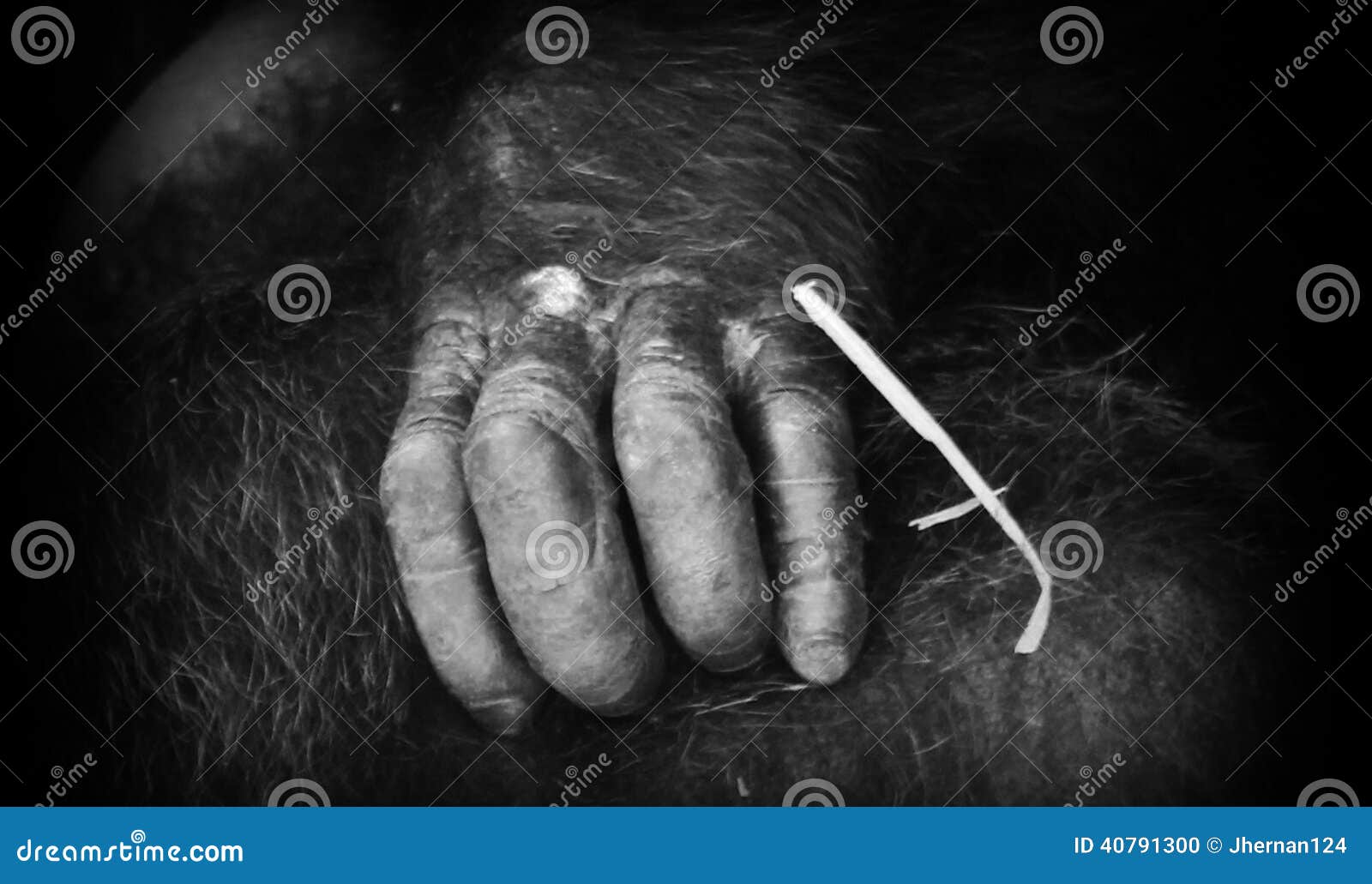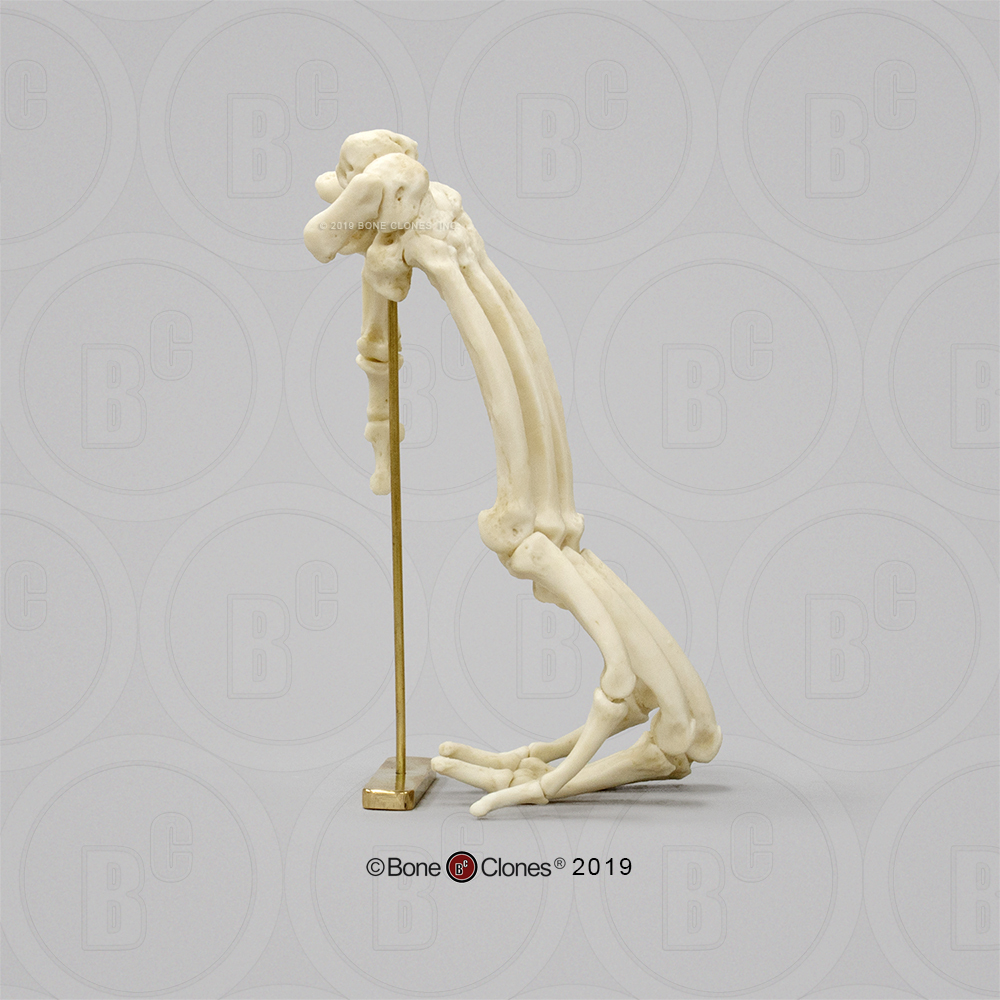

This scenario accounts for the unprecedented ability of modern humans to throw missiles and swing clubs with power and accuracy.

Generation after generation, natural selection would have enhanced the anatomical basis of throwing and clubbing prowess. Because hominid males who were skilled throwers and clubbers were more likely to rise to higher ranks, wield more power, dominate other males, commandeer the best feeding sites, obtain more meat, and protect women and children better, females would be more likely to select such males for mating whenever the opportunity arose. A further reproductive benefit could occur through female mate selection. Meat obtained by males through hunting and scavenging could be traded for sex with females.įemales who aggressively used weapons would have protected themselves and their children better and increased their access to disputed food resources. Weapons would have made hunting more effective. Defence against predators would be enhanced, and opportunities for scavenging would increase when predators could be driven from carcasses. In conflicts between armed hominid communities, those with the most adept warriors would be more likely to prevail. Use of rocks or clubs would provide an advantage in territorial hostilities with unarmed outgroup conspecifics, yielding improved access to breeding females and food, which promote reproductive success. The best throwers and clubbers in a community would rise in the male dominance hierarchy and thereby obtain more breeding opportunities. There are numerous ways that aggressive use of weapons could have led to this result. The behaviour must be able to increase the proportion of genes in the breeding population of those who are most adept at it. The demonstration of a compelling reproductive advantage is essential to any argument that purports to identify a behaviour that leads to evolutionary change. The resulting selection for improved throwing and clubbing prowess, prolonged over millions of years, led to numerous anatomical changes throughout the body, including those that characterize the evolution of the human hand. It is suggested that the tools were hand-held weapons that were hurled or swung as bludgeons at adversaries during disputes, providing the aggressors with advantages that in various ways promoted reproductive success. However, basic questions remain: what kind of tools? In what manner and for what purpose were they used? How did such behaviour provide reproductive advantages sufficient to drive natural selection during the millions of years required to transform the ancestral ape hand into the human hand?Ĭhimpanzee hand, a model for the hand of the hominid ancestor (left), and the human hand.Ī proposal that offers an answer to these questions is provided in the following report. This approach is consistent with evidence that an early hominid (hominin) behaviour was bipedal gait, which would have ‘freed the hands’ for greater use of tools. Although no comprehensive account has been offered, there is general agreement that the anatomical reconstruction of the hand during human evolution was somehow linked with tool behaviour. This striking exception to the primate pattern clearly requires an evolutionary explanation ( Marzke & Marzke, 2000 Fig. 1). In contrast, the human hand has a much larger, more muscular, mobile, and fully opposable thumb combined with fingers that have shortened and straightened.

The typical primate hand is characterized by a diminutive thumb in combination with long, curved fingers ( Midlo, 1934).


 0 kommentar(er)
0 kommentar(er)
